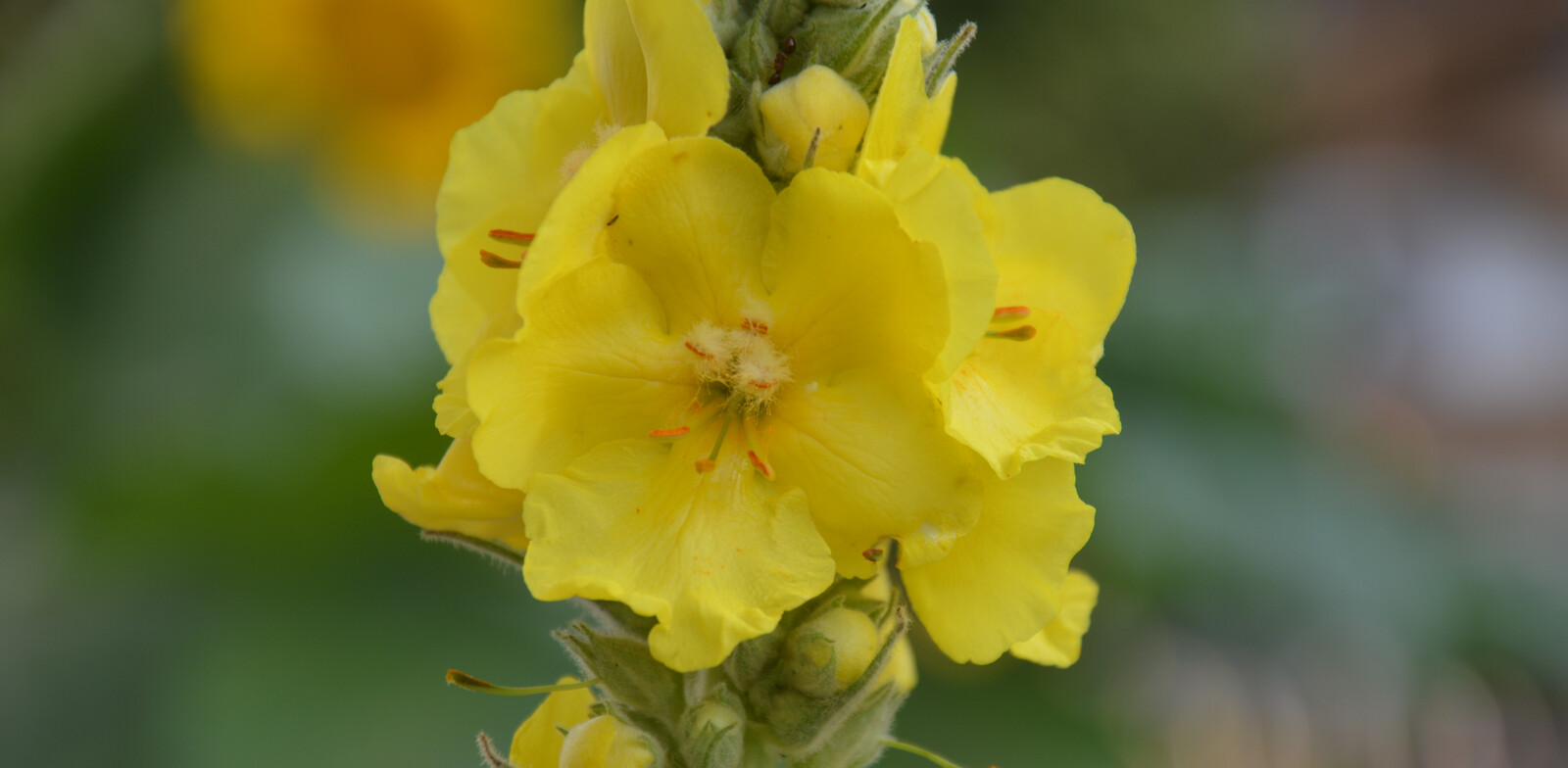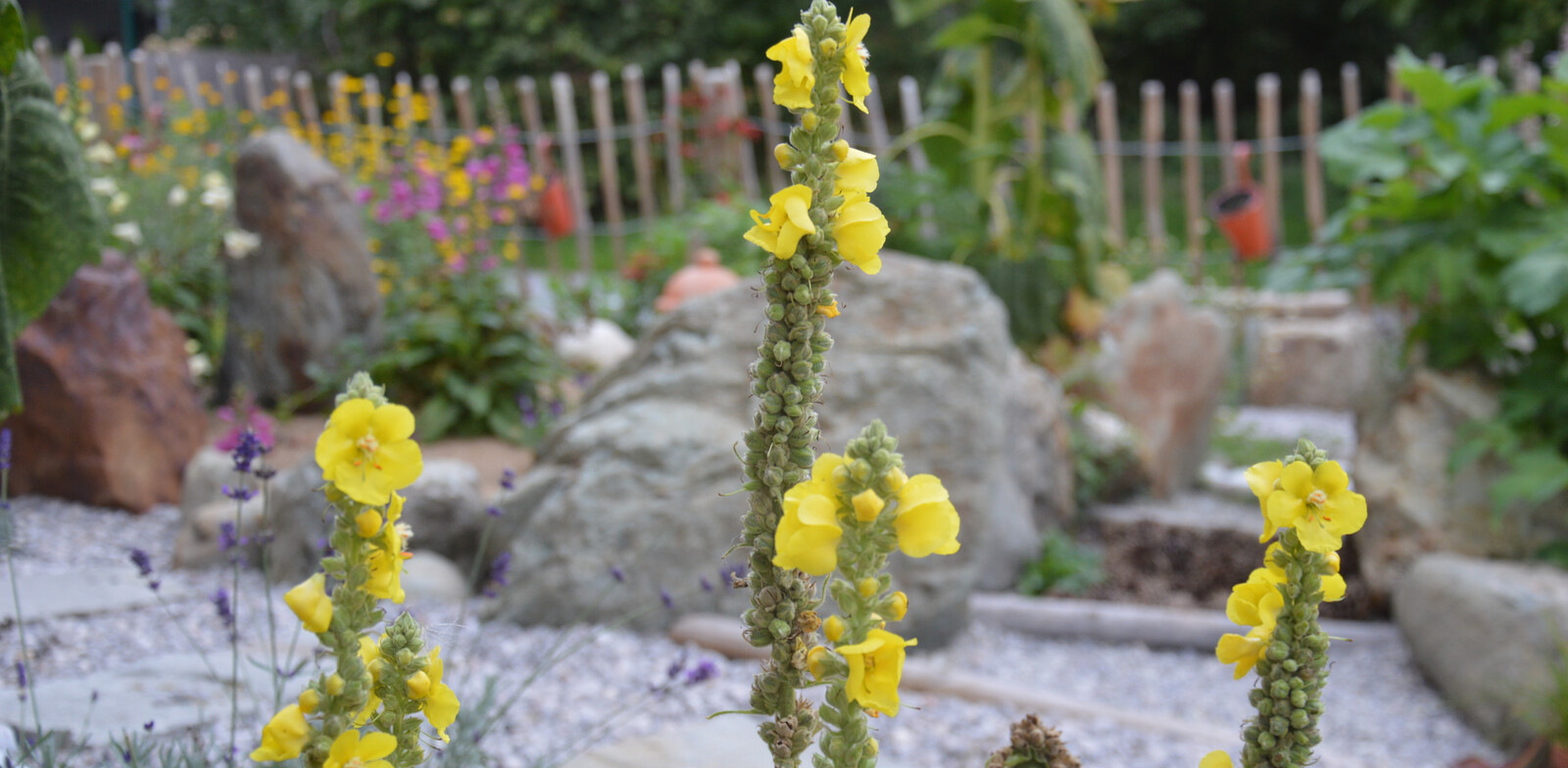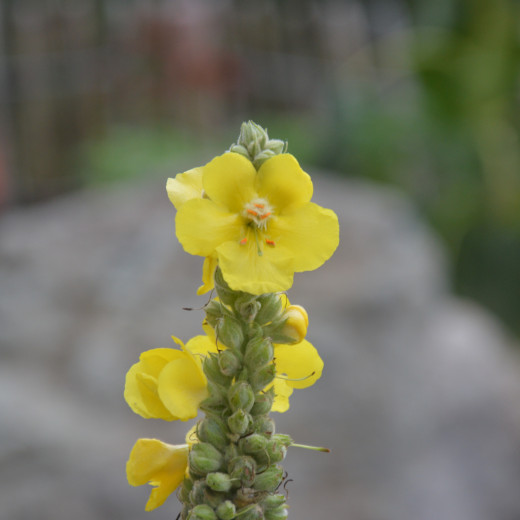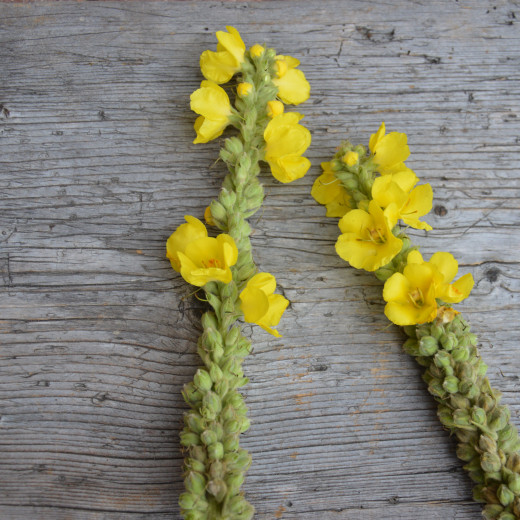- Traditions
Susi's snow forecast
Outside the sun shines and autumn spoils us with late summer temperatures. The so-called Indian Summer is in full swing. But I'm sure some of you are dreaming of winter. From deep snow-covered mountains, slopes full of fresh powder snow and a good portion of sunshine - these are the ingredients that make the winter sports enthusiast's heart beat a few beats faster and guarantee a casual holiday in the ski circus. But when does the big snow come and when does the sun show up?
Before I tell you what winter will be like, I have to go a little further...
Predicting the weather on the basis of natural events has always been very popular with people. Farmers and herbalists have always practiced these weather oracles. In Saalbach Hinterglemm, the forecast for the coming winter has become a much-loved tradition. In order to find out how much snow comes and how long the winter lasts, the most different and partly bizarre methods are used: Bees and mice are observed, thistles are measured or even cows are stroked (please do not do that at home), because the thickness of the neck fur should also give information about the winter. As a herbal witch, I turn to the plants, of course, even with the weather oracle. A great and mostly big grown medicinal plant is my favorite here: The great mullein delivers you today - of course without guarantee - my winter forecast.
Weather prophet great mullein
The stately plant, which rises straight up into the sky and can reach a considerable size of more than two metres, has always exerted a very special fascination on people. Their folkloristic names say a lot about the meaning and the value of the great mullein: Weather candle, sky fire, gold flower, thunder candle, lightning candle, sky candlet or torch flower - just to name a few. The great mullein was soaked in beeswax and used as a torch, the woolly leaves served as lighters and the flowers are still an important ingredient for cough teas. But how do you find out how snowy the winter will be with a great mullein? Decisive indicators for winter weather are growth habit, height and number of flowers:
- If a wreath of flowers stands very low on the stem, there should be a very early onset of winter.
- The number of flower wreaths can be used to predict the number of snowfalls in the next winter and the length of the winter.
- Even where the individual flowers appear on the stem says something about the duration of the winter. If the plant develops flowers on the whole stem it will be a long winter. The flowers are only sporadic on the stem, a short winter comes.
- If the flowers are very close together on the lower stem, the first half of December will be very snowy. If, however, they stand close to the upper stem, there is a lot of snow in January and February.
- When the great mullein gets very big, we are facing a long and severe winter with a lot of snowfall.
So much for the theory. I was on my way in Glemmtal and took a closer look at some great mullein at different locations. What catches the eye right away: All the plants have plenty of blossoms all over the stem this year. As you can read above - this indicates that we are facing a long winter. In the upper part of the stem, the flowers are particularly close together. This indicates large amounts of snow at the beginning of the new year. Complete flower wreaths are more likely to be found in the upper part this year - so December might not be as snowy for this oracle.
Many flowers - a lot of snow!
This method of weather forecasting predicts a promising winter, especially from the turn of the year. But there is another method to take a look at the winter with the help of the great mullein: The inflorescence of the great mullein is divided intellectually into three equal parts. The lowest part represents the beginning of winter (mid November to mid December), the middle part the middle of winter (mid December to mid January) and the top third of the plant tells us what the end of winter (mid January to mid February) will be like. The blossoms in each section tell us how much snow there will be. The rule is quite simple: many blossoms - a lot of snow. As you can easily see from the picture, this method also predicts a similar course of the winter as already described above.
But that's all I can and will tell you today. Just look out for the great mullein along the way during your next hike. Maybe they will give you some hints themselves. But for all those who don't want to make the effort or prefer to trust the "real" weather report, I'll tell you a little secret: You can't make any mistakes when choosing your holiday time. Because the winter in Saalbach Hinterglemm is always easy from beginning to end.










